A recent report is helping shine a spotlight on three emerging issues facing the oil and gas industry and the agencies that regulate development practices.
The triennial report, funded by a consortium of government, industry and nonprofit stakeholders including EDF, was developed by the Ground Water Protection Council, an organization of state regulators working to protect the nation’s groundwater resources. The report surveys 300+ water protection strategies from 27 state oil and gas agencies. It evaluates how those strategies have evolved over time and identifies key issues for policymakers to consider going forward.










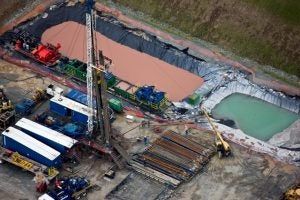
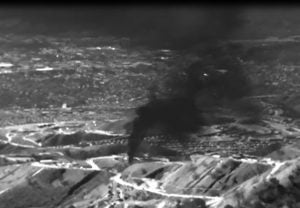 More than a year and a half after the Aliso Canyon natural gas storage facility caused more than 100,000 tons of methane to leak into the atmosphere – amounting to be our nation’s largest-ever gas leak, California regulators continue to labor away at improving the rules that could prevent another gas storage disaster.
More than a year and a half after the Aliso Canyon natural gas storage facility caused more than 100,000 tons of methane to leak into the atmosphere – amounting to be our nation’s largest-ever gas leak, California regulators continue to labor away at improving the rules that could prevent another gas storage disaster.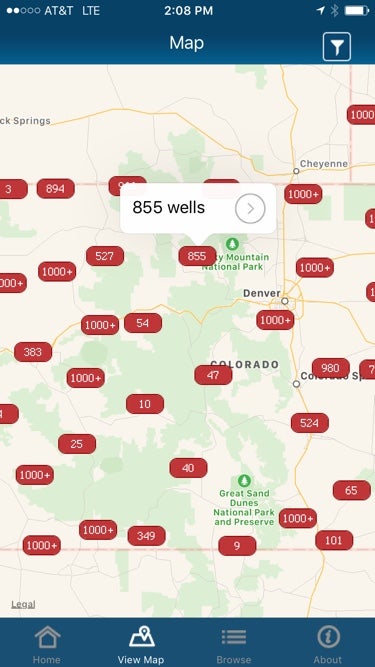
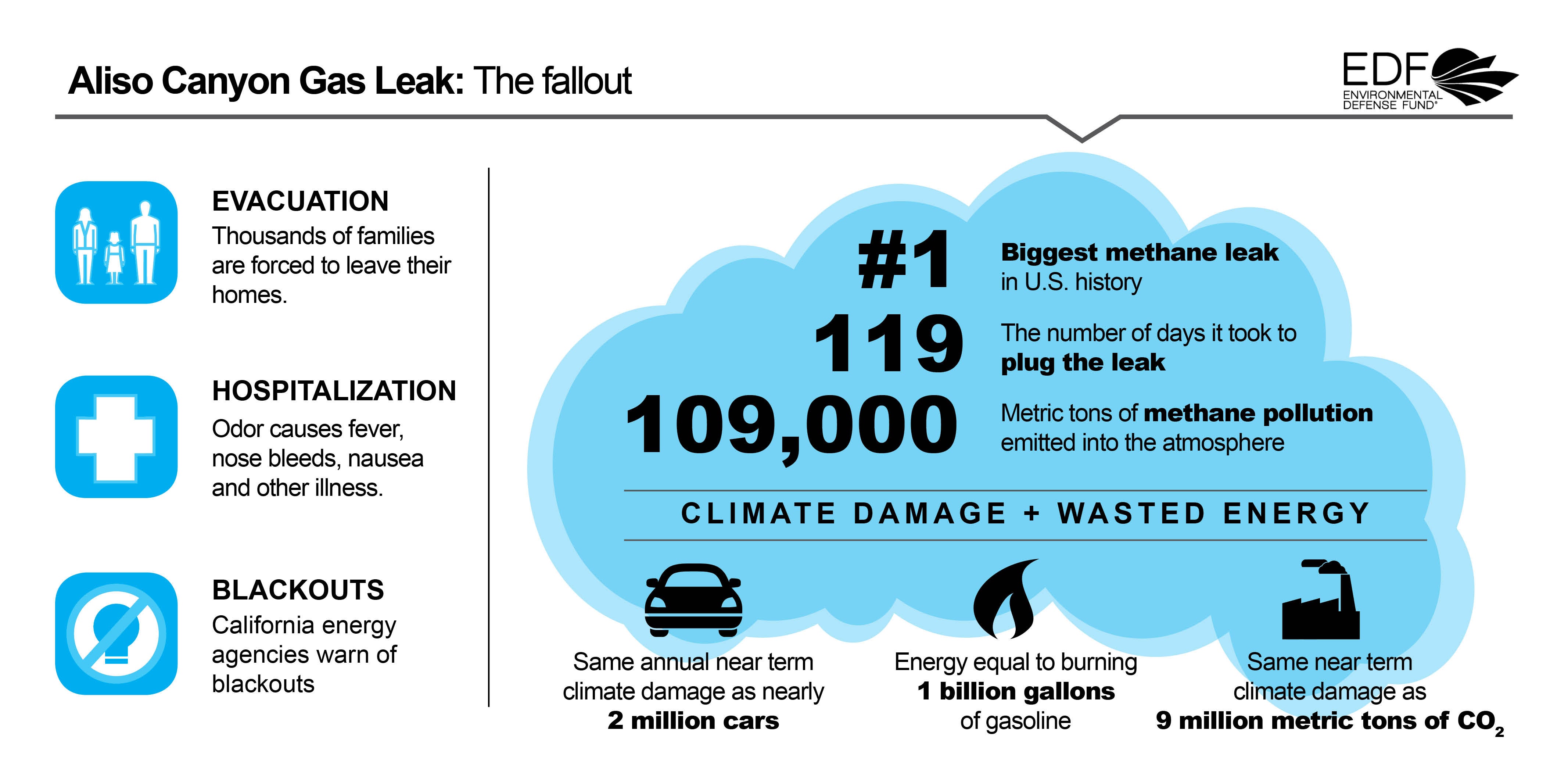
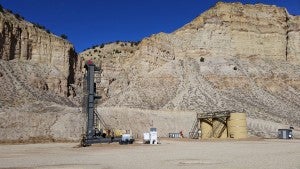 After several years of collaboration among regulatory experts from across the country, the Groundwater Protection Council (GWPC), recently
After several years of collaboration among regulatory experts from across the country, the Groundwater Protection Council (GWPC), recently